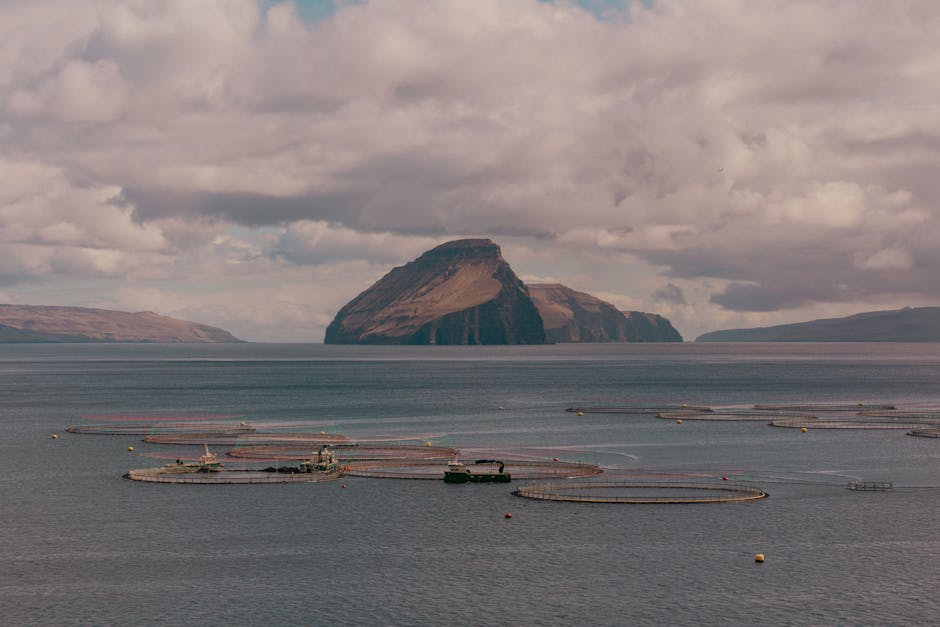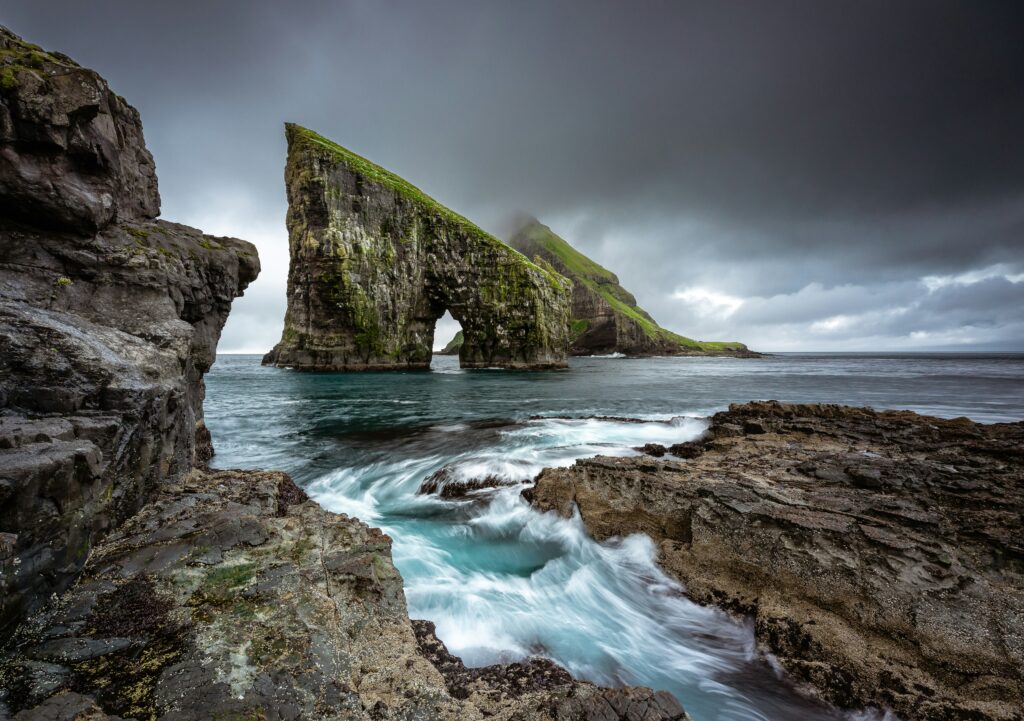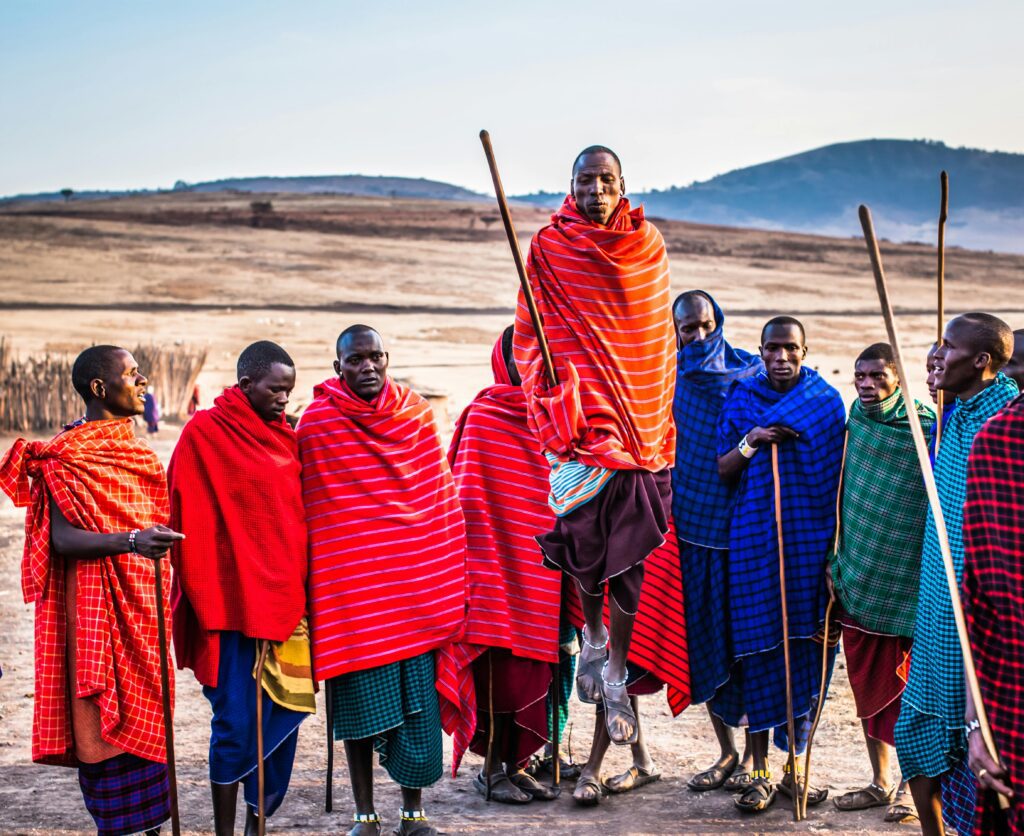“Discover the rugged beauty of The Faroe Islands, a must-visit destination for adventure seekers. Explore ancient villages, towering cliffs, and unique wi…
Standing on the Faroe Islands’ cliffs, the salty breeze tangling my hair, I felt an immediate connection to this remote archipelago’s wild beauty. Between Norway and Iceland, the 18 volcanic islands blend emerald pastures with sheer cliffs and Viking traditions. The air smells of damp earth and seaweed, and the ever-present hum of the wind feels like a whispered secret from the past.
This guide covers everything you need: the best time to visit, a detailed 3-day itinerary, local cuisine, and pro tips—expanded to ensure you don’t miss a single unforgettable experience.

Why Visit the Faroe Islands?
Dramatic Landscapes
The Faroe Islands are a hiker’s paradise, offering trails that wind through misty valleys and along vertigo-inducing cliffs.
- Slættaratindur (Faroe’s Highest Peak): A moderate 4-hour hike rewards you with panoramic views of all 18 islands on a clear day. The summit is often shrouded in fog, but when it lifts, the sight is nothing short of magical.
- Múlafossur Waterfall: This iconic waterfall in Gásadalur cascades directly into the roaring Atlantic. Visit at golden hour for the perfect photo—the spray glistens like diamonds in the sunlight.
- Lake Sørvágsvatn (The “Floating Lake”): An optical illusion makes this lake appear to hover hundreds of meters above the ocean. The hike here is relatively easy, with sweeping coastal views.
Unique Culture
The Faroese have preserved their Viking heritage in surprising ways.
- Turf-Roofed Houses: These traditional homes, with their grassy roofs, blend seamlessly into the landscape. The village of Saksun is a prime example, where the church and farmhouses look like extensions of the hills.
- Ræst Kjøt (Fermented Lamb): A Faroese delicacy, this air-dried meat has a pungent, umami-rich flavor. I tried it at a local home in Gjógv—where the host laughed as I braced for the first bite—and was surprised by its deep, almost cheesy taste.
- Grindadráp (Whaling Tradition): This controversial but centuries-old practice is a cultural touchstone. While not for everyone, understanding its role in Faroese survival offers insight into their relationship with the sea.
Wildlife Encounters
- Puffins in Mykines (May–August): These clownish birds nest in burrows along the cliffs. Watching them clumsily take flight is pure joy.
- Sheep Everywhere: With 80,000 sheep to 50,000 humans, they’re the islands’ true locals. Don’t be surprised if one blocks your rental car’s path!
Best Time to Visit:
– Summer (June–August): Midnight sun (up to 19 hours of daylight), ideal for hiking and puffin spotting. Average temps: 10–13°C (50–55°F).
– Shoulder Seasons (April–May, September): Fewer crowds, lower prices. September offers a chance to see the Northern Lights.
– Winter (October–March): Stormy and dark, but aurora sightings are common. Not ideal for hiking.
Map of Faroe
Planning Your Trip
Getting There
- Flights: Vágar Airport (FAE) is the only international airport. Direct routes include:
- Copenhagen (2h, daily flights via Atlantic Airways)
- Reykjavik (1h, 3x weekly)
- Edinburgh (1.5h, seasonal)
Round-trip fares average $300–$600. - Ferries: Smyril Line’s Norröna sails from Denmark (36h) or Iceland (2 days). Cabins start at $400; book months ahead.
Transportation
- Rental Cars: Essential for flexibility. Compact cars cost ~$80/day; book via Unicar or Avis. Note: Many roads are single-lane tunnels!
- Buses: Affordable but infrequent. Route 300 (Vágar–Tórshavn) runs hourly (~$10).
- Hitchhiking: Safe and common. Locals often stop for tourists—just smile and wave!
Where to Stay
- Luxury:
- Hotel Føroyar (Tórshavn): Modern rooms with fjord views. Try their gourmet breakfast buffet ($200+/night).
- Havgrím Seaside Hotel (Tórshavn): Cozy, nautical-themed rooms steps from the harbor ($180/night).
- Mid-Range:
- Gjáargarður Guesthouse (Gjógv): Family-run, with hearty dinners and cliffside walks ($120/night).
- Heimdal Guesthouse (Vestmanna): Perfect for bird cliff tours ($100/night).
- Budget:
- Kerjalon Hostel (Tórshavn): Basic but clean dorms ($35/bed).
- Camping: Tórshavn Camping ($15/tent) has hot showers and a kitchen.
Pro Tip: Book 3–6 months ahead—options fill fast in summer!

3-Day Faroe Islands Itinerary
Day 1: Tórshavn & Vestmanna Cliffs
Morning:
– Start in Tinganes, Tórshavn’s historic district. Wander among 17th-century turf-roofed government buildings painted black with tar.
– Visit the National Museum (50 DKK) to see Viking artifacts and learn about grindadráp.
– Coffee break at Paname Café, where locals gossip over cinnamon rolls.
Afternoon:
– Drive to Vestmanna (30 mins). Join a boat tour (400 DKK, 2h) to sail beneath 500m cliffs teeming with guillemots and razorbills. The captain steers into sea caves, where waves echo like thunder.
Evening:
– Sunset at Kirkjubøur, home to the ruins of St. Magnus Cathedral (1300s). The crumbling stone walls glow pink in the evening light.
– Dinner at Barbara Fish House (Tórshavn): Order the plokkfiskur (creamy fish stew) with rye bread.
Day 2: Mykines & Gásadalur
Morning:
– Ferry to Mykines (150 DKK, 45 mins). Hike to the lighthouse (2h round-trip), passing puffin colonies. Tip: Sit quietly—they’ll waddle within arm’s reach!
Afternoon:
– Return to Vágar and drive to Gásadalur. The Múlafossur Waterfall is a 5-min walk from the parking lot. Time your visit for low fog—the waterfall appears to vanish into the clouds.
Evening:
– Splurge at KOKS (Michelin-starred, $250/person). The 17-course tasting menu includes fermented lamb and sea urchin fresh from the fjord.
Day 3: Saksun & Gjógv
Morning:
– Hike to Saksun’s tidal lagoon (1h). Wear waterproof boots—the path crosses streams. At low tide, the lagoon mirrors the sky like glass.
Afternoon:
– Drive to Gjógv, a village named for its dramatic sea gorge. Walk the cliffside path to see fulmars nesting in the rocks.
– Chat with fishermen at the harbor—they might offer a taste of freshly caught cod.
Evening:
– Return to Tórshavn for a farewell drink at Mikkeller Bar. Try the Föroya Bjór beer, brewed with local heather.
Local Cuisine & Culture

Must-Try Foods
- Ræst kjøt: Fermented lamb, often served with potatoes. An acquired taste—like blue cheese meets prosciutto.
- Grind og spik: Pilot whale meat and blubber. Controversial, but a cultural staple for centuries.
- Rhubarb soup: A sweet-tart dessert, best with whipped cream.
Personal Anecdote: At a Gjógv guesthouse, a fisherman named Jóannes shared stories of storms and selkies (mythical seal-people) over a plate of ræst kjøt. “This taste,” he said, “is the Faroes—strong and a little wild.”
Cultural Etiquette
- Tipping: Not expected, but rounding up the bill is appreciated.
- Shoes Off: Always remove shoes when entering homes.
- Quiet Respect: Locals value humility. Loud or boastful behavior is frowned upon.
Travel Tips
Packing List
- Waterproof everything: Jacket, pants, and backpack cover.
- Hiking boots: Trails are often muddy and slippery.
- Power adapter: Type C/E (European standard).
Budget Tips
- Groceries: Buy supplies at SMS (Tórshavn’s cheapest supermarket).
- Free Activities: Hiking, village walks, and church visits cost nothing.
Responsible Travel
- Stay on Trails: Erosion is a major issue.
- Support Local: Eat at family-run heimablídni (home restaurants).
FAQs
1. When is the best time to visit for hiking?
June–August offers the driest trails and longest days. September is quieter but rainier.
2. Do I need a visa?
No—Denmark’s Schengen visa rules apply.
3. Is English widely spoken?
Yes, but learn a few Faroese phrases:
– “Takk” (Thank you)
– “Góðan dag” (Good day)
4. Can I camp in the Faroe Islands?
Only at designated sites like Tórshavn Camping. Wild camping is illegal to protect private land.
5. How expensive is it?
Budget $150–$200/day for mid-range travel. A hostel dorm ($35), groceries ($20), and a rental car ($80) can lower costs.
Conclusion
The Faroe Islands are a Nordic gem where cliffs meet folklore and every meal tells a story. Whether you’re hiking to hidden waterfalls or sharing stories with fishermen, this archipelago leaves a lasting impression.
Start planning your Faroe Islands adventure today!
Keywords:
1. “The Faroe Islands travel guide” 2. “Best time to visit The Faroe Islands for hiking” 3. “What to do and see in The Faroe Islands” 4. “Top attractions in Tórshavn The Faroe Islands” 5. “How to plan a budget trip to The Faroe Islands”



